
Do you have a question about the Siemens SIMATIC IPC MD-34A and is the answer not in the manual?
| Brand | Siemens |
|---|---|
| Model | SIMATIC IPC MD-34A |
| Category | Industrial Equipment |
| Language | English |
Explains the warning notice system used in the manual for safety and property damage prevention.
Defines qualified personnel and their capabilities for operating the device.
Provides guidelines for the correct and safe usage of Siemens products.
Lists registered trademarks of Siemens AG and other companies.
States the company's liability regarding the publication's content and consistency.
Outlines the prerequisite knowledge needed to understand the manual.
Specifies the devices to which these operating instructions apply.
Lists the components included in the device documentation set.
Explains generic terms and conventions used throughout the documentation.
Notes that figures represent described devices, with potential variations.
Details the publication history of the operating instructions.
Details key features and benefits of the tablet PC for industrial applications.
Describes the different variants and configurations available for the device.
Illustrates and describes the external views and components of the device.
Lists available accessories for the device and how to order them.
Discusses Siemens' industrial security functions and user responsibilities.
Emphasizes protecting administrator accounts with safeguards and secure passwords.
Covers general safety measures and precautions for device operation.
Provides guidance on environmental factors affecting device application and operation.
Offers safety recommendations for transporting the device and handling potential damage.
Addresses potential function restrictions and ventilation requirements for device operation.
Details safety precautions and guidelines for handling and operating the battery.
Discusses current consumption in battery operation and battery service life.
Covers safety aspects related to WLAN and Bluetooth usage, including interference risks.
Warns about hazards and limitations when installing device and system extensions.
States compliance with FCC rules for device operation.
Declares compliance with Industry Canada's license-exempt RSS standards.
Provides information on Radio Frequency (RF) exposure limits and compliance.
Details RF exposure requirements for typical body-worn operations.
Covers scope of delivery and initial checks before setting up the device.
Guides on replacing the battery and inserting SIM/SD cards.
Explains how to connect the device to power supply and mains operation.
Provides general guidelines and requirements for device commissioning.
Details the procedure for powering the device on, off, and handling forced shutdowns.
Guides through the initial setup process for Windows 10 IoT Enterprise.
Covers charging the device and using SD cards.
Introduces HotTab for managing built-in device functions and hardware.
Explains how to assign functions to physical keys using the HotTab interface.
Details how to check and control built-in hardware features like camera and GPS.
Describes different touch screen operating modes for various applications.
Guides on using the camera application and its functions.
Configures and sets up the integrated barcode reader functionality.
Details the process of pairing and connecting a Bluetooth barcode reader.
Explains how to activate and use the RFID reader.
Provides instructions for environmentally sound recycling and disposal of the device.
Warns about risks of unauthorized opening and provides maintenance intervals.
Guides on cleaning and maintaining the touch screen for optimal performance.
Guides through OS installation, software, and driver setup for the device.
Explains how to obtain and install the latest Windows operating system updates.
Details how to change language, region, and format settings in Windows 10.
Explains how to access the firmware selection menu for device configuration.
Guides users through configuring important firmware settings using the 'Setup Utility' menu.
Accesses advanced hardware configurations and power management settings.
Details System Agent parameters configuration, including VT-d.
Provides options for configuring PCH-IO parameters, focusing on USB settings.
Allows configuration of Management Engine Technology parameters.
Covers security settings, including TPM and password configurations.
Defines boot behavior, media, and order for the device.
Provides options for saving or discarding firmware configuration changes.
Provides instructions for updating device firmware via USB.
Details the process for performing BIOS and EC firmware updates within Windows.
Lists detailed specifications for the device's display, system, and I/O connections.
Details technical specifications for various device accessories.
Specifies operating and storage conditions, including temperature and humidity.
Outlines EMC standards compliance for interference emission and immunity.
Provides a visual representation of the device's dimensions.
Provides an overview of available approvals and certifications for the device.
Lists relevant EC directives, harmonized standards, and regional certifications.
Explains electrostatic discharge (ESD) and protective measures.
Explains how system resources are allocated and how to view their configuration.
Details device interfaces, including docking connector and COM ports.
Guides on how to redefine COM port numbers for specific applications.
Provides solutions for common problems with the device's hardware and connectivity.
Offers tips for locating and troubleshooting general operational issues.
Lists common BIOS error messages and their meanings.
Identifies possible causes for issues with Wireless LAN connectivity and speed.
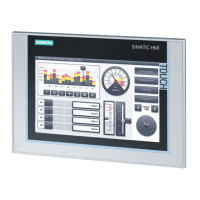
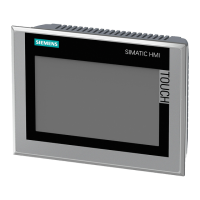

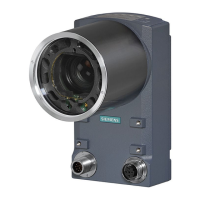

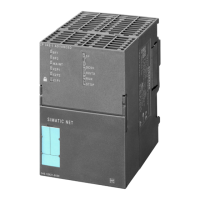

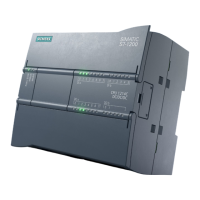


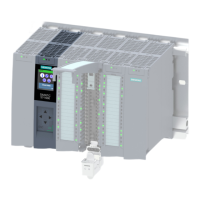

